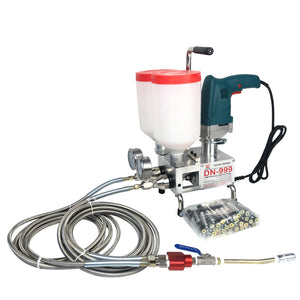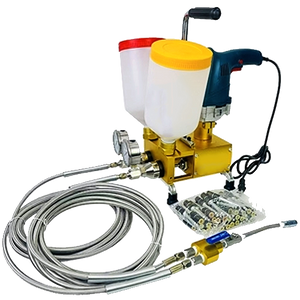When a construction project adopts American standards, the design of concrete structures almost inevitably references the standards set by the American Concrete Institute (ACI). Without a comprehensive understanding of the ACI standard system, one may struggle with code selection, practical application, and solving real-world engineering problems.
Among the various ACI standards, the most essential and widely used is ACI 318. The latest edition is ACI CODE-318-19 (Reapproved 2022), titled “Building Code Requirements for Structural Concrete and Commentary”.
What is ACI 318-19?
ACI 318-19 is the American standard for the design of building structural concrete. It’s widely used for the design, construction, and inspection of concrete structures. The code provides detailed guidance on structural performance, materials, safety, and durability.
Though it shares many similarities with China’s concrete design standards, notable differences also exist. Below is a comparative overview of ACI 318-19 and related Chinese standards:
Key Content of ACI 318-19 and Its Comparison with Chinese Standards
1. Material Requirements
ACI 318 defines the performance and quality standards for materials used in concrete structures—concrete compressive strength, aggregates, and steel reinforcement.
-
Chinese Equivalent: GB/T 50010 – Code for Design of Concrete Structures, which similarly specifies the strength and quality of concrete and reinforcement materials.
2. Concrete Structure Design
ACI 318 includes comprehensive structural design requirements covering beams, columns, slabs, and foundations, focusing on load calculations, structural strength, and serviceability.
-
Chinese Equivalent: GB/T 50010, offering parallel principles and methods, especially for strength, load-bearing calculations, and limit state design.
3. Component Design and Structural Analysis
The code outlines calculation and design principles for structural members under bending, shear, axial loads, etc.
-
Chinese Equivalent: Also covered in GB/T 50010, including standard formulas and principles for beams, slabs, and columns.
4. Seismic Design
ACI 318-19 has dedicated chapters for seismic design, covering seismic detailing, performance levels, and analysis under earthquake loads.
-
Chinese Equivalent: GB 50011 – Code for Seismic Design of Buildings, which provides comprehensive seismic classification, performance requirements, and design procedures specific to China’s seismic zoning.
5. Construction Requirements
ACI 318 also specifies construction practices, quality control, and acceptance criteria to ensure safe and consistent implementation on-site.
-
Chinese Equivalent: GB 50204 – Code for Acceptance of Construction Quality of Concrete Structures, which outlines similar inspection and quality assurance guidelines.
6. Safety Factors and Reliability Design
ACI 318 employs a reliability-based approach using safety factors to ensure structural safety and serviceability.
-
Chinese Equivalent: GB/T 50010 also applies limit state design methodology and incorporates safety coefficients based on reliability theory.
7. Serviceability Requirements
The code includes provisions for deflection control, crack width limitations, and long-term durability to ensure proper function during the structure’s service life.
-
Chinese Equivalent: GB/T 50010 includes similar requirements for deformation and crack control.
Similarities Between ACI 318-19 and Chinese Standards
-
Design Philosophy: Both follow the Limit State Design approach, addressing structural safety, stability, and serviceability.
-
Seismic Design: Each standard provides in-depth earthquake-resistant design requirements based on seismic zones and building classification.
-
Material and Component Requirements: Both codes provide detailed specifications on concrete strength, reinforcement, and structural member resistance.
-
Construction Quality Control: Emphasis on quality management and inspection to ensure design intent is achieved during construction.
Key Differences Between ACI 318-19 and Chinese Codes
-
Design Methodology: ACI 318 may place more balanced emphasis on both Ultimate Limit State and Serviceability Limit State. Some formulas and calculation methods differ in detail.
-
Seismic Approach: While both consider seismic design crucial, China’s GB 50011 includes unique strategies for different intensity zones and seismic fortification categories.
-
Localized Requirements: Due to differences in geography, climate, and engineering practices, ACI 318 and Chinese standards diverge in addressing factors like freeze-thaw cycles or temperature variations.
Conclusion
While ACI 318-19 shares broad alignment with China’s GB/T 50010 in terms of structural design philosophy and technical content, there are critical differences in the finer points of methodology, seismic design, and environmental considerations. Engineers working across international standards must carefully evaluate project requirements and regional contexts to apply the most appropriate code.
Whether you're involved in global design projects or navigating cross-border compliance, a clear grasp of ACI 318-19 and its relationship with other international standards is essential for ensuring safety, quality, and regulatory compatibility in structural concrete design.






0 comments